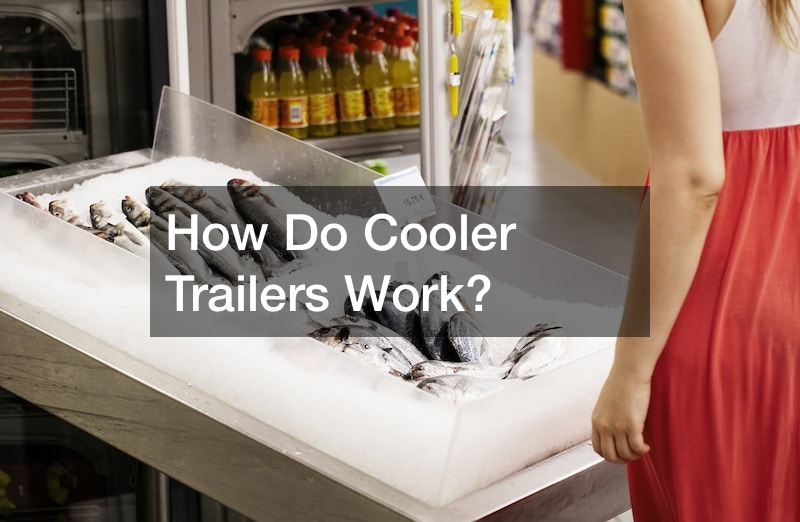How Do Cooler Trailers Work?

Cooler trailers, often seen on streets, are crucial in transporting perishable goods while maintaining their freshness. But how do these remarkable vehicles work? Discover the innovative technologies and techniques that keep goods chilled during transportation.
At the heart of a cooler truck lies the art of insulation. The truck’s walls are built with specialized materials, such as high-density foam and reinforced panels, that minimize heat transfer.
This insulation acts as a protective barrier, preventing external heat from seeping in and maintaining a cool interior environment.
Cooler trucks employ sophisticated refrigeration systems to keep the cargo at the desired temperature. These systems typically utilize a compressor, condenser, evaporator, and refrigerant to facilitate the cooling process. The cooled refrigerant moves to the evaporator and absorbs heat from the cargo area, creating a chilled environment.
Maintaining the ideal temperature inside a cooler truck is critical. Advanced temperature control systems allow for precise adjustments to accommodate different types of perishable goods. These systems use sensors and automated controls to monitor the interior temperature, ensuring it stays within the desired range throughout the journey.
Cooler trailers require a reliable power source to operate their refrigeration systems. While many trucks have an integrated refrigeration unit powered by the vehicle’s engine, others may utilize standalone refrigeration units or employ alternative power sources such as generators or electric plug-ins. These power sources ensure the cooling system remains active even when the truck is stationary or the engine is off.
.







